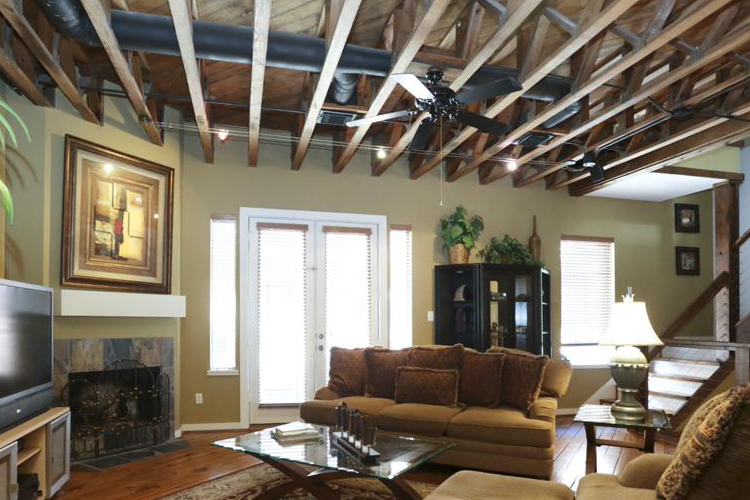How to Design Your Ductwork Effectively and Efficiently

You see and hear all the commercials about “new heating and cooling equipment that are 98% efficient and 16 SEER”, but just because you have high efficient equipment doesn’t necessarily mean your home will be comfortable.
This is where the conversation on your home’s ductwork starts, and how you can produce the most efficient HVAC system and a comfortable home.
I often use the analogy of comparing your furnace and duct system with your body’s heart and arteries/veins. You could have the healthiest heart in the world but if your arteries are clogged or not clear the heart will not be able to distribute enough blood throughout your body, causing other health problems throughout. The same goes with your central HVAC system. You might have a great furnace, but if you don’t have adequate sized ductwork in your home, you can’t expect it to distribute the airflow properly.
If you’re starting a home renovation project or plan on building a new home, be sure to include an effective ductwork design in your plans. Here are a few things to consider as you work with your architect and HVAC contractor on your ductwork design:
✔ When planning and designing your ductwork, make sure the HVAC contractor is using Air Conditioning Contractors of America (ACCA) approved Manual J,D&S load calculation software.
✔ Your ductwork design should include adequate return ducts so that every room has sufficient airflow. Ideally, each room should have its own return duct.
✔ Ducts should run inside the insulated space of your house wherever possible. If you have to run ducts through an unconditioned space such as your attic, they must be insulated to prevent energy losses.
✔ Effective joint sealing is critically important. Joints in ducts should be sealed with mastic, silver tape, or the best method would be to use Aeroseal duct sealing. Well-sealed ducts will minimize air leaks, which can be a big source of energy loss on your system.
✔ Avoid bends in ductwork to minimize resistance to airflow. Airflow is a lot like water, it travels the path of least resistance.
✔ Your ducts must be sized to provide balanced airflow throughout your house.
Even though ductwork is largely out-of-sight and out-of-mind, your ducts play a critical role in the efficiency and effectiveness of your forced air heating and cooling systems. Poorly designed and installed ductwork can keep heated or cooled air from reaching its intended destination, leaving your newly renovated space or brand new home uncomfortable.









